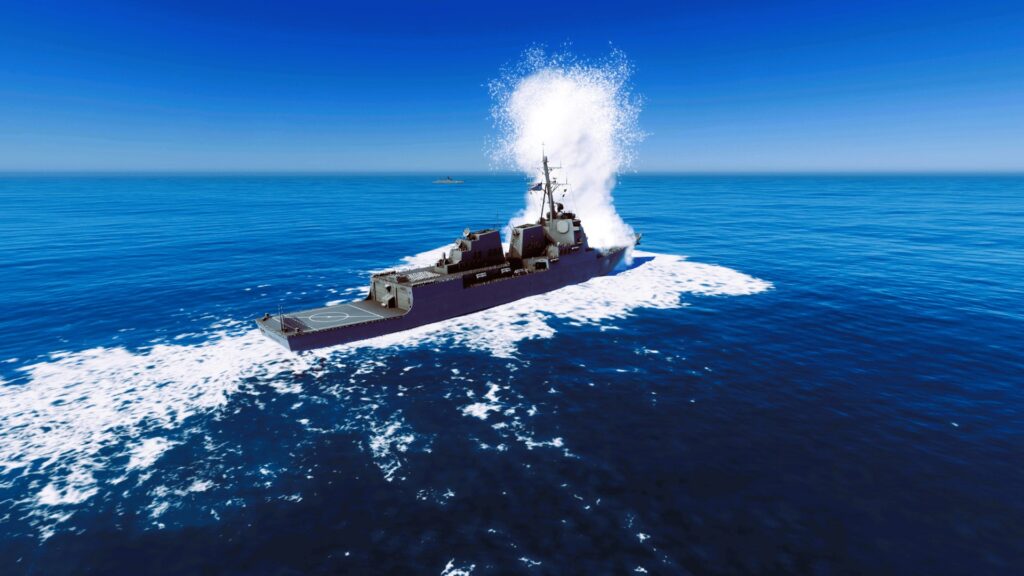Naval battles have been a staple of strategy games for decades, offering players the chance to command mighty fleets and engage in epic maritime conflicts. From ancient galleys to modern battleships, naval warfare presents a unique set of challenges and opportunities for strategy game enthusiasts. In this article, we’ll delve into the world of maritime warfare and explore some key strategies for mastering naval battles in strategy games.
Understanding Naval Warfare
Naval warfare in strategy games involves the strategic deployment of naval forces, the management of resources and logistics, and the tactical execution of naval maneuvers and combat. Unlike land-based warfare, naval battles often take place on vast expanses of open water, where factors such as wind, weather, and terrain can have a significant impact on the outcome of the battle.
Choosing the Right Fleet Composition
One of the first steps in mastering maritime warfare is choosing the right fleet composition for the task at hand. Different types of ships excel in different roles, from fast and agile patrol boats to heavily armored battleships. Understanding the strengths and weaknesses of each ship type is crucial for building a balanced and effective fleet.
For example, fast attack craft are ideal for hit-and-run tactics and harassing enemy supply lines, while battleships excel in head-on engagements and naval bombardment. By carefully selecting and positioning your ships, you can create a formidable naval force capable of dominating the seas.
Utilizing Naval Tactics
Naval tactics play a crucial role in determining the outcome of naval battles. From classic maneuvers like the line of battle to more advanced tactics like the pincer movement, employing the right tactics at the right time can give you a decisive advantage over your opponents.
One effective tactic is the use of screening forces to protect your capital ships from enemy attacks. By positioning lighter and faster ships such as destroyers and frigates in front of your heavier vessels, you can intercept incoming threats and provide cover fire while your capital ships unleash their firepower on the enemy.
Managing Logistics and Resources

In addition to naval tactics, managing logistics and resources is key to success in maritime warfare. Maintaining a steady supply of fuel, ammunition, and provisions is essential for keeping your fleet operational and combat-ready. Additionally, establishing secure supply lines and naval bases can help ensure that your fleet remains well-supported and resupplied throughout the course of the campaign. The legacy of water transport in games, read more in this article.
Adapting to Changing Conditions
Finally, mastering maritime warfare requires the ability to adapt to changing conditions on the battlefield. Whether facing unpredictable weather patterns, enemy ambushes, or unforeseen obstacles, flexibility and improvisation are essential for overcoming adversity and achieving victory at sea.
Conclusion
In conclusion, mastering maritime warfare in strategy games requires a combination of strategic thinking, tactical acumen, and adaptability. By choosing the right fleet composition, employing effective naval tactics, managing logistics and resources, and adapting to changing conditions, players can lead their fleets to victory and establish naval dominance on the high seas.
For more information on maritime warfare and naval battles in strategy games, visit Fandom.


